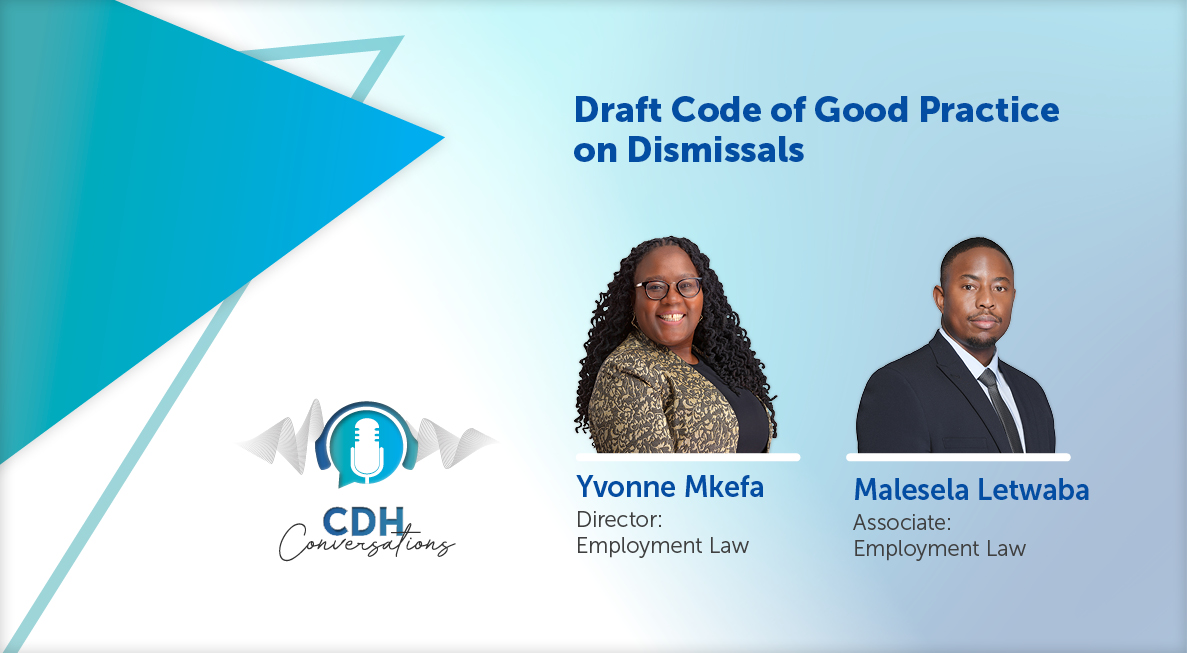When the piper calls in the face of a disputed debt
At a glance
- Under section 384(1)(a) of the Insolvency Act, if a company owes a creditor a sum exceeding KES 100,000 and fails to pay or make satisfactory arrangements within 21 days of being served with the demand, the company is deemed to be unable to pay its debts. This opens the door for the creditor to file a liquidation application against the company.
- Where a debt is genuinely disputed on substantial grounds, the insolvency court is not the proper forum for resolution. Following a demand, debtors should act quickly, document their position and pursue appropriate remedies before the statutory deadline lapses.
- For creditors, insolvency proceedings should not be used as a coercive debt recovery tactic where a real dispute exists, as doing so risks dismissal of suit, legal costs, and reputational harm.
Under section 384(1)(a) of the Insolvency Act, if a company owes a creditor a sum exceeding KES 100,000 and fails to pay or make satisfactory arrangements within 21 days of being served with the demand, the company is deemed to be unable to pay its debts. This opens the door for the creditor to file a liquidation application against the company.
The consequences of insolvency proceedings against a company are not only undesirable, but often severe. They range from tarnishing the company’s reputation, to voiding certain transactions and decisions made in the period immediately preceding the commencement of the proceedings, and incurring significant legal costs in defending the petition, among others. These realities underscore why a company should address a statutory demand promptly, before the expiry of the statutory period, particularly where the debt demanded is disputed.
What constitutes a genuine dispute?
Notably, a mere assertion that a company disputes the debt is not enough. For a dispute to be considered genuine, the debtor must demonstrate, with credible evidence, that the dispute is real and has a solid basis in fact or law and is not merely frivolous.
As asserted in Universal Hardware Limited v African Safari Club Limited [2013] KECA 507 (KLR), the debtor must “go further and demonstrate on reasonable grounds” why they are disputing the debt.
Such reasonable grounds are well enunciated in Kevian Kenya Limited v Hipora Business East Africa Limited [2025] KECA 1195 (KLR), where the dispute arose from differing interpretations of service level agreements (SLA). The creditor (Hipora) billed on a per-personnel basis, while the debtor (Kevian) maintained that the agreement was for a fixed monthly rate. Kevian substantiated its position by providing a reconciliation of accounts, which suggested not only an overcharge by Hipora but an actual overpayment by Kevian. The Court of Appeal found this to be a triable issue and a plausible accounting dispute that went beyond a mere denial. The court further held that where a debt is genuinely disputed on substantial grounds requiring a full evidentiary hearing and reconciliation of accounts, insolvency proceedings are not the appropriate forum. It clarified that the underlying policy is to prevent their use as a coercive debt collection tool where a genuine dispute exists.
Steps to take when a debt is disputed
- Do not ignore the statutory demand; obtain legal advice immediately.
- Send a letter to the creditor clearly setting out the specific grounds on which the debt is disputed, such as there being an overcharge or the existence of a valid counter-claim, and request an undertaking from the creditor not to file or advertise a petition for liquidation pending verification of your objection.
- If the creditor does not respond, apply to set aside the statutory demand with an interim injunction prohibiting advertisement of a liquidation petition. In Intraspeed Arcpro Kenya Limited v Mars Logistics Limited [2025] KEHC 9979 (KLR) the court affirmed that, although there are no specific provisions governing setting aside a statutory demand on a juristic person, the court still retains inherent jurisdiction to strike out a statutory demand that is not well founded and amounts to an abuse of the court process.
- An application to set aside or respond to a petition must be backed by evidence demonstrating that a genuine dispute exists. This may include reconciliation statements and documentation showing that the quality of goods or services is disputed, such as return merchandise authorisation forms, expert reports, or correspondence between the parties.
Grounds for challenging a statutory demand and insolvency petition
The primary grounds for challenging a statutory demand or subsequent petition revolve around the validity and nature of the debt.
- Genuine dispute on substantial grounds: This is the most common and effective ground. Here, the debtor must provide concrete reasons and evidence, not just a bare denial.
- Counterclaim, set-off or cross demand: If the debtor has a legitimate claim against the creditor that equals or exceeds the amount demanded, the statutory demand may be set aside.
- Abuse of court process: A petition can be dismissed if it is filed to exert undue pressure or blackmail the debtor into paying a disputed debt rather than genuinely to liquidate the company.
- Pending litigation: If the debt underlying the statutory demand is already subject to active litigation in another court where its validity or amount is being determined, this can be grounds to set aside the demand, as it would effectively sanction payment of a disputed sum.
Conclusion
Whereas the piper is entitled to his dues, justice demands that the legitimacy of those dues be established before the severe consequences of non-payment can be exacted. As the Kevian case illustrates, where a debt is genuinely disputed on substantial grounds, the insolvency court is not the proper forum for resolution. Following a demand, debtors should act quickly, document their position, and pursue appropriate remedies before the statutory deadline lapses. For creditors, the lesson is clear: insolvency proceedings should not be used as a coercive debt recovery tactic where a real dispute exists, as doing so risks dismissal of suit, legal costs, and reputational harm.
The information and material published on this website is provided for general purposes only and does not constitute legal advice. We make every effort to ensure that the content is updated regularly and to offer the most current and accurate information. Please consult one of our lawyers on any specific legal problem or matter. We accept no responsibility for any loss or damage, whether direct or consequential, which may arise from reliance on the information contained in these pages. Please refer to our full terms and conditions. Copyright © 2025 Cliffe Dekker Hofmeyr. All rights reserved. For permission to reproduce an article or publication, please contact us cliffedekkerhofmeyr@cdhlegal.com.
Subscribe
We support our clients’ strategic and operational needs by offering innovative, integrated and high quality thought leadership. To stay up to date on the latest legal developments that may potentially impact your business, subscribe to our alerts, seminar and webinar invitations.
Subscribe




